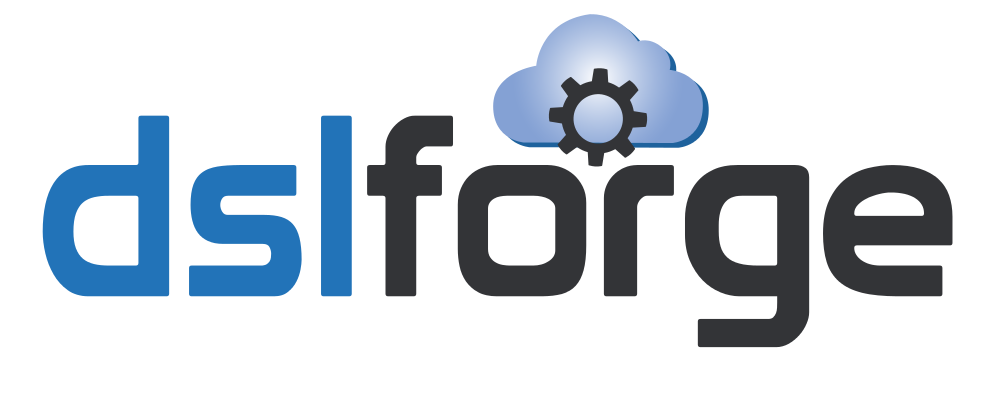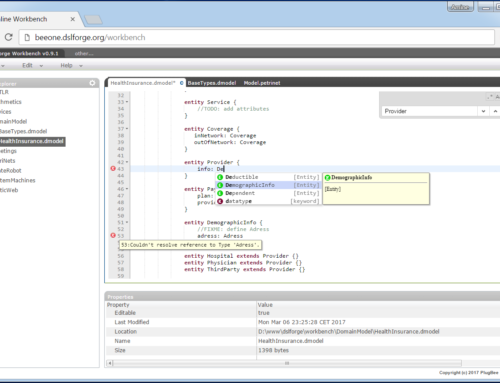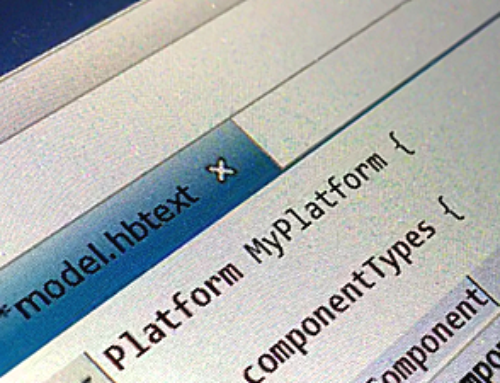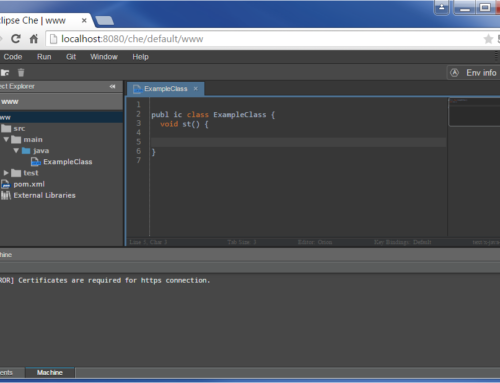I’ve finally managed to have some time to clean the repository and fix some bugs, hence it’s up-to-date now, and still available under the EPL licence on GitHub.
There are several reasons why the project has not progressed the way we wanted at the beginning, let’s take a step back and think about what happened.
Lack of ambition
One of the reasons why the adoption of cloud-based tools has not taken off is the standstill, and sometimes the lack of ambition, of managers in big industry corporations who traditionally use Eclipse technologies to build their products. Many companies have an important legacy desktop applications built on top of Eclipse. Despite the acceleration that was put the last 5 years to encourage organizations to move to the web/cloud, eventually, very few have taken action.
No standard cloud IDE
Another reason is the absence of a “standard” platform which is unanimously supported to build new tools on top of it. Of course, there are some nice cloud IDEs flourishing under the Eclipse foundation umbrella, such as Dirigible (SAP), Theia (TypeFox), or Che (Codenvy then Red Hat), but it’s still unclear for customers which of these is the winning horse. Today, Theia seems more accurate than its competitors if you judge based on the number of contributors, and the big tech companies that push the technology forward such as IBM, SAP, and Red Hat just to name a few of them. However, the frontier between these cloud IDEs is still confusing: Theia uses the workspace component of Che, later Theia has become the official UI of Che. Theia is somehow based on VS Code, but then has its own extension mechanism, etc.
LSP or !LSP
In the meantime, there have been attempts to standardize the client/server exchange protocol in the case of text editing, with the Microsoft’s Language Server Protocol (LSP), and later with a variant of LSP to support graphical editing (GLSP). Pushing standards is a common strategy to make stakeholders in a given market collaborate in order to optimize their investments, however, like any other standard-focused community, there is a difference between theory and practice. Achieving a complete interoperability is quite unrealistic, because developing the editor front-end requires a lot of effort already, and even with the LSP in mind, it is common to end up developing the same functionality specifically for each editor technology.
The cost of migration
As said earlier, there is a large amount of legacy source code built on Eclipse. The sustainability of this code is of strategic importance for many corporations, and unfortunately, most of it is written in Java and relies on SWT. Migrating this code is expensive as it implies rewriting a big part of it in JavaScript, with a particular technical stack/framework in mind, so it’s a long journey, architects have a lot of technical decisions to take along the way, and there is no garantee that they took the right decisions on the long run.
The decline of the Eclipse IDE
Having worked with a lot of developers in the last 5 years, I have realized the Eclipse IDE is no longer of interest to many of them. A few years ago, Eclipse was best known for being a good Java IDE, back in the times when IBM was a driving force in the community. Today, the situation is different; Microsoft’s VS Code has established itself as the code editor of choice. It is still incomprehensible to see the poor performance of the Eclipse IDE, particularly on startup.
The high volatility of web technologies
We see new frameworks and new trends in web development technologies every day. For instance, the RIA frameworks appeared in the early 2010s finally had a short life, especially with the rise of the new frameworks React and Angular. Sever-side rendering is now part of History. One consequence of this was the decline of RIA-based frameworks, including the Eclipse Remote Application Platform (RAP). The incredible pace in which web technologies evolve is one of the factors that make decision makers hesitate to invest in cloud-based modeling tools.
The end of a cycle
As a large part of legacy code must be rewritten in JavaScript or any of its variants (TypeScript, JSX, …), many historical developers (today’s senior developers) with a background in Java, are overwhelmed by the rise of new paradigms coming from the culture of web development. In legacy desktop applications, it is common to see the UI code, often in SWT or Swing, melted with the business logic. Of course, architects have always tried to separate the concerns as much as possible, but the same paradigm, structures, and programming language are used everywhere. With the new web frameworks, the learning curve is so steep that these developers need to get hands on the new paradigms and tech stacks to stay in the game.
EMF <-> JSON
The last 10 years, EMF has become an industry-proven standard for model persistency, however it is quite unknown in the web development community. The most widely used format in data exchange through the web is JSON, and even though the facilities that come with EMF are advanced compared to the tooling support of JSON, the reality is, achieving complete bidirectionnality between EMF and JSON is not always garanteed. That beeing said, EclipseSource are doing a great job in this area thanks their work on the EMF.cloud framework.
Why this project?
The DSL Forge project will continue to exist as long as it serves users. First, because the framework is still used in academic research. With many legacy R&D prototypes built on RCP, it is easy to have quickly a web-based client thanks to the port of SWT to the web which does almost 90% of the job. It is also used in commercial products, for example in the area of Cybersecurity and Education.
To conclude
Today, Plugbee is still supporting the maintenance of DSL Forge to guarantee the sustainability of customer products.
For now, if you are looking to support a more modern technical stack, your best bet is to start with the Xtext servlet. For example, we have integrated the servlet into a Spring Boot/React application, and it works like a charm. The only effort we have made to achieve the integration was to bind properly the Xtext services to ACE editor. This effort has been made as part of the new release of Coding Park. The code will be extracted and made publicly available on the DSL Forge repository soon. If you are interested in this kind of integrations, feel free to get in touch.
Finally, if you are interested in using Eclipse to build custom modeling tools or to migrate existing products to the web, please have a look at our training offer or feel free to contact us.






